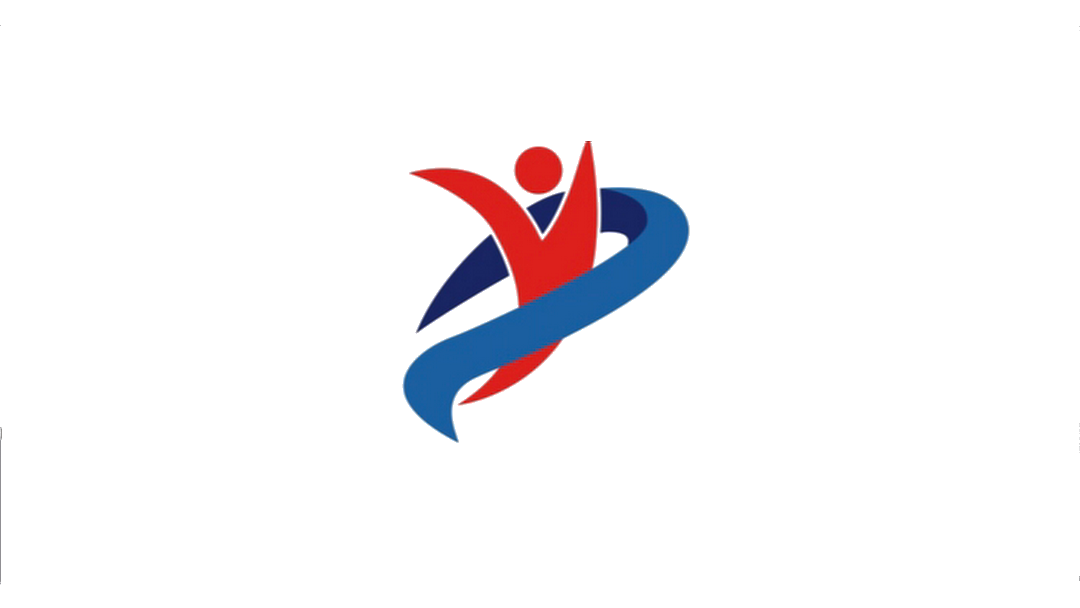Citation: Xergia SA, Pappas E, Zampeli F, Georgiou S, Georgoulis AD. Asymmetries in Functional Hop Tests, Lower Extremity Kinematics and Isokinetic Strength Persist 6-9 Months Following ACL Reconstruction. J Orthop Sports Phys Ther. 2013 Jan 14. [Epub ahead of print]
Article Summary
This is a within and between subject cross sectional study. The objective was to investigate symmetry in hop test performance, strength, and lower extremity kinematics 6-9 months post ACL reconstruction with Bone Patella Tendon Bone (BPTP) graft. They hypothesized that muscle strength and hop test asymmetries and kinematic deficits would still exits on the surgical site in the experimental group.
Experimental Group consisted of 22 males (age, 28.8± 11.2 years) 6-9 months following ACLR using a BPTB autograft and the control included 22 healthy males.
Inclusion Criteria: Subjects had no previous injury in either lower extremities, a minimum activity level measured by Tegner activity score of 4, and ability to jog without a brace. Exclusion Criteria for the ACL reconstruction (ACLR) was ipsilateral hip or ankle injury, contralateral knee injury, collateral or PCL injury at the time of surgery, meniscal damage >25%, serious coexisting chondral lesions, persistent pain, instability and swelling, cardiorespiratory ailments, vestibular dysfunction or patella femoral pan syndrome. For control group no LE surgeries or any disease that would affect LEs or trunk.
Participants completed Tegner activity scale (reliability 0.66-0.89, ICC:0.82)1 and the subjective form of International Knee Committee (IKDC 2000) (Reliability .92-.96, sensitivity .79, specificity 0.74)2. All participants were evaluated using isokinetic dynamometer (Biodex System III), to calculate Limb Symmetry Index(LSI), 3 different hop tests (Excellent reliability ICC: 0.92-0.96) the single hop, the triple hop and the cross over hop to assess LE kinematics and joint angles. Two-way ANOVAs were used to test for differences between two group and between the two LEs of the ACLR group.
Results revealed ACLR group exhibited greater isokinetic knee extension deficits (p≤0.001) and greater performance asymmetry for all 3 hop tests (p<0.001) when compared to control group. In ACLR group, involved LE exhibited less ankle DF and knee flexion at propulsion (p≤0.014) and landing phases (p≤0.032) than the uninvolved side. When compared to the control group the involved lower extremity exhibited less ankle dorsiflexion in the propulsion phase (p<0.001) but higher hip flexion in the landing phase (p=0.014).
Clinical Application
Post ACLR, full recovery typically takes 9-12 months. It is important to note that 6% of this population will experience a second ACL injury within 2-years.3The goal of physical therapy is to enable our patients to return to premorbid levels with pain-free, full function and prevent any possible future injuries. This study concludes that limb asymmetries still exist when patients return to sport post 6-9 months following ACLR using BPTB autograft. Currently, many patients are discharged to return to full function before 6 months due to insurance or use of unreliable outcome measures. Exhibiting pain-free function and 5/5 knee strength on an MMT cannot be used as determinants for patients readiness to return to premorbid activity level. It is important to reassess the patient within the context of the activity or the sport they are trying to return to in order to ensure proper biomechanics and neuromuscular activation patterns. This will help prevent re-injury or secondary complications such as PFPS. It is important to incorporate multi-joint exercises and dynamic neuromuscular training in ACLR rehab protocols to facilitate functional activities and expedite return to sport. Using objective measures, such as the hop test, can prevent the physical therapists from discharging the patient too early and prematurely return them to sport. Ideally, multiple domains such as multi joint movement ability, limb to limb symmetry, functional test performance scores such as hop test scores, biomechanical alignment and neuromuscular recruitment patterns must be assessed prior to D/C.
This study is another reminder that our rehab program has to be shaped by evidence based practice. These findings are important in terms of determining prescription of proper exercises as well as the importance of shying away from assumptions regarding time frames. For example, one can think that it has been 6-9 months from surgery and the healing process is completed, however that does not mean that the patient is fully ready to return to pre-activity level. During therapy, an ongoing assessment can be helpful to achieve milestones in rehabilitation.
Additional References
1- Briggs KK, Lysholm J, Tegner Y, Rodkey WG, Kocher MS, Steadman JR. The reliability, validity, and responsiveness of the Lysholm score and Tegner activity scale for anterior cruciate ligament injuries of the knee:25 years later. Am J Sport Med. 2009;37(5): 890-897.
2- Irrganag JJ, Anderson AF, Boland Al, et al. Development and validation of the international knee documentation committee subjective knee form. Am J Sports Med. 2001;29:600-613.
3- Paterno MV SL, Ford KR, Rauh MJ, Myer GD, Huang B, Hewett TE. Biomechanical measures during landing and postural stability predict second anterior cruciate ligament injury after anterior cruciate ligament reconstruction and return to sports. Am J Sports Med. 2010;38:1968-1978.
